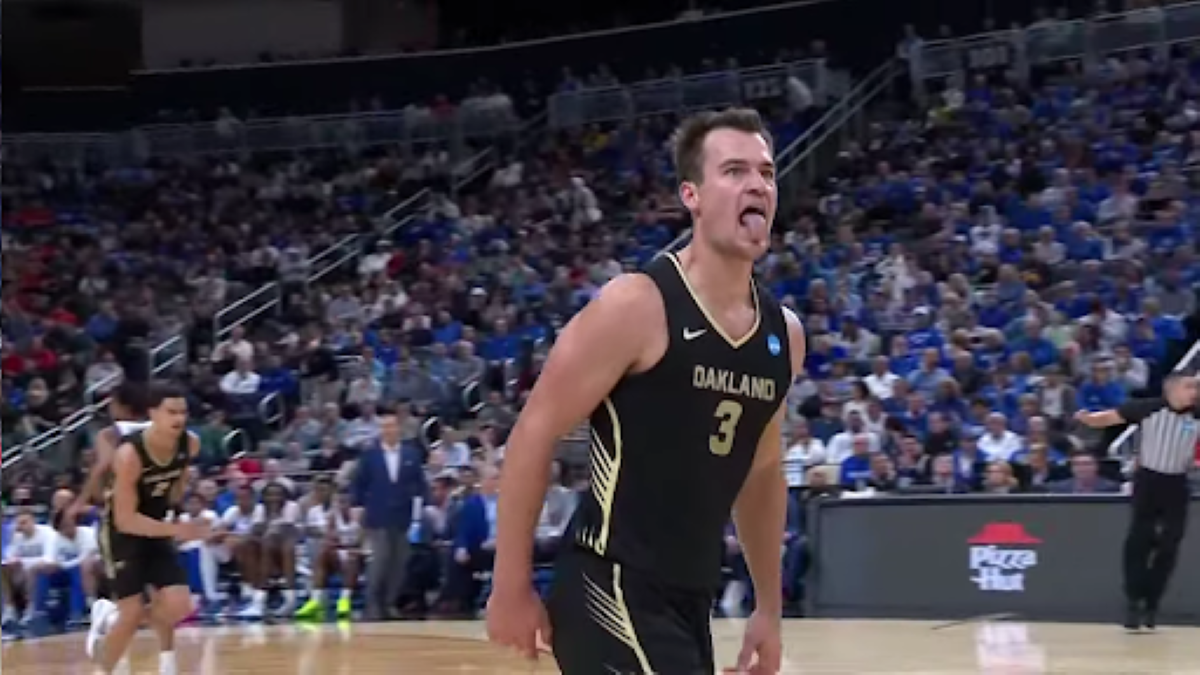A January report from the American Academy of Pediatrics explains why 70 percent of teenagers and youth are dropping out of organized sports by age 13: burnout and injuries. Parents need to think twice about a young person’s life dedicated to competitive club sports. I did not consider it, and when my high school senior son decided to stop playing club soccer this year, it made me a bit reflective.
Club soccer in Colorado has had enormous success, sending players to NCAA D-I schools, Major League Soccer, the English Premier League, and the U.S. Men’s and Women’s National Teams. And there are some real benefits to playing in a club system, whatever the sport.
The club system is extremely competitive at higher levels and develops athletic skills that set those players apart from their peers. Players practice and play 10-20 hours per week or more, honing their abilities. Go to a varsity high school game and you’ll quickly observe which players come from clubs and which are multi-sport athletes or are “just” playing for fun.
Spending so much time together, they develop solid friendships, some long-lasting and some more marked by an underlying sense of competitiveness. Club parents develop friendships too, though some of them are even more competitive than their players. A chance for your player means a lost chance for my player.
Realistically, the chances of a male high school soccer player making a college team is 8 percent. Making a Division I team? 0.9 percent. Making a professional soccer roster? Less than 7 ten-thousands of a percent, or 1,344:1 in simpler terms. Playing club sports increases those odds a bit — but at a high price.
There are some real downsides to long-term participation in club sports.
The investment of time and money is significant, often thousands of dollars per year, especially if the team travels. I loved spending time in the car with my son going to practices and games for many years, but there are opportunity costs. Paying club fees means fewer funds for other important things, and that time spent on the road means less time as a family.
The quality of coaching varies in most clubs, and coaches for high-level teams tend to produce more skills growth in their players. But too many coaches are not invested in players’ personal development, identity, and mental health. Younger athletes need a mentor and lots of encouragement, although there comes a time especially as later teens when they need someone to challenge them. Thankfully, both as a parent and as a soccer referee, I have seen some great exceptions to the rule — coaches who clearly care about growing their players as people — but they are rare exceptions.
Fundamentally, club sports are businesses similar to pyramid schemes. Clubs brag about their nationally ranked top-flight teams and athletes going on to college sports. That promise is what drives families of younger players to write large checks for club fees. Lots of lower-level teams and intense competition for the top two to three levels mean greater profits for the club.
That need-to-win is why many club directors are not invested in player development despite their promises. If an athlete drops from a high-level club team, nobody from the club will follow up and ask why they made that decision. They know another parent will come along and write a check. It’s business, not personal.
Most importantly, playing a sport year-round can hurt your player’s health. The constant striving, daily grind of practices, conflict with coaches, lack of time for other activities, and pressure from coaches and parents can all lead to burnout and depression. Repetitive stress injuries particularly affect single sport athletes. Female athletes are much more likely than males to suffer concussions and serious ACL injuries.
My advice, for what it’s worth: Start your child early with a range of recreation-level organized sports. If they really excel or are super motivated, playing more competitively for a time with a club could be useful in developing skills, if you have the funds. But don’t let them get lost in the system. Get them out of the club sports rat race and aim for JV and varsity sports.
With high school sports, athletes are playing for their school and their friends, not for a brand. It’s OK to play “just for fun.” The high school experience can restore the love of the game that club players may have lost. High school athletes see each other at school daily and hang out socially, so they have a life and an identity outside of their sport.
Don’t let the idea of your young player becoming the next Lindsay Horan or Christian Pulisic cloud the reality of their chance of high-level success and the immense costs of a “career” playing club sports.









